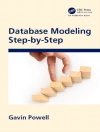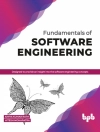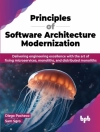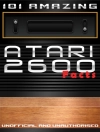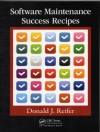This book provides insights into the state of the art of digital cultural heritage using computer graphics, image processing, computer vision, visualization and reconstruction, virtual and augmented reality and serious games. It aims at covering the emergent approaches for digitization and preservation of Cultural Heritage, both in its tangible and intangible facets.
Advancements in Digital Cultural Heritage research have been abundant in recent years covering a wide assortment of topics, ranging from visual data acquisition, pre-processing, classification, analysis and synthesis, 3D modelling and reconstruction, semantics and symbolic representation, metadata description, repository and archiving, to new forms of interactive and personalized presentation, visualization and immersive experience provision via advanced computer graphics, interactive virtual and augmented environments, serious games and digital storytelling.
Different aspects pertaining to visual computing with regard to tangible (books, images, paintings, manuscripts, uniforms, maps, artefacts, archaeological sites, monuments) and intangible (e.g. dance and performing arts, folklore, theatrical performances) cultural heritage preservation, documentation, protection and promotion are covered, including rendering and procedural modelling of cultural heritage assets, keyword spotting in old documents, drone mapping and airborne photogrammetry, underwater recording and reconstruction, gamification, visitor engagement, animated storytelling, analysis of choreographic patterns, and many more.
The book brings together and targets researchers from the domains of computing, engineering, archaeology and the arts, and aims at underscoring the potential for cross-fertilization and collaboration among these communities.
İçerik tablosu
Part I: Computer Graphics.- Computer Graphics for Archaeology.- Studying Illumination and Cultural Heritage.- High Dynamic Range in Cultural Heritage Applications.- Procedural Modeling for Cultural Heritage.- Part II: Computer Vision and Photogrammetry.- Providing Access to Old Greek Documents Using Keyword Spotting Techniques.- Machine Learning for Intangible Cultural Heritage: A Review of Techniques on Dance Analysis.- Classification and Detection of Symbols in Ancient Papyri.- Image-based Underwater 3D Reconstruction for Cultural Heritage: from Image Collection to 3D Critical Steps and Considerations.- Part III: Extended Reality.- Virtual Reality Reconstruction Applications Standards for Maps, Artefacts, Archaeological Sites and Monuments.- Using Augmented Reality, Gaming Technologies, and Transmedial Storytelling to Develop and Co-Design Local Cultural Heritage Experiences.- Tackling Problems of Marker-based Augmented Reality Under Water.- A True AR Authoring Tool for Interactive Virtual Museums.- Part IV: Serious Games.- Transforming Heritage Crafts to Engaging Digital Experiences.- Everyone is Not a Gamer! Developing Cultural Heritage Experiences for Diverse Audiences.- Beyond Virtual Museums: Adopting Serious Games and Extended Reality (XR) for User-Centred Cultural Experiences.- Fostering Engagement with Cultural Heritage Through Immersive VR and Gamification.- Part V: Storytelling.- Exploring the Potential of Visually-rich Animated Digital Storytelling for Cultural Heritage. The Mobile Experience of the Athens University History Museum.- Digital Storytelling.- Storytelling in Virtual Museums: Engaging a Multitude of Voices.- Part VI: Preservation and Reconstruction.- Analyzing Spatial Distribution of Photographs in Cultural Heritage Applications.- Relict – Interpolated – Extrapolated – Speculative: An Approach to Degrees of Accuracy in Virtual Heritage Reconstruction.- Preserving and Presenting Cultural Heritage using Off-the-Shelf Software


